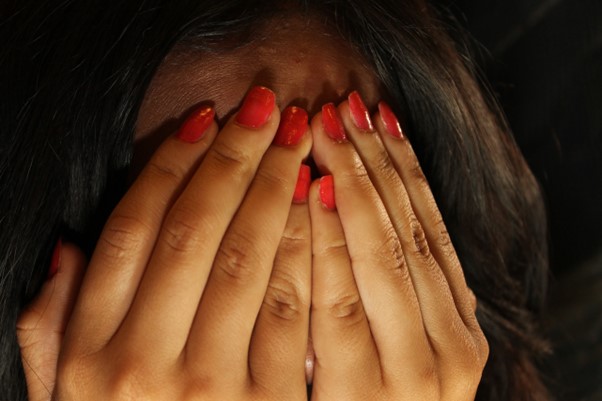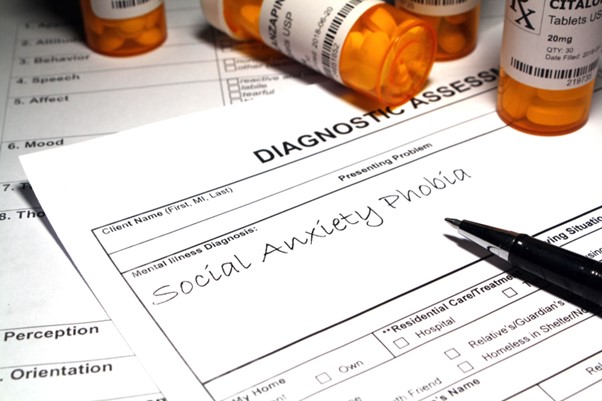Shyness vs. Social Anxiety Disorder: Understanding the Differences

Shyness and social anxiety disorder (SAD) are often confused, but they represent distinct experiences. Understanding these differences is essential for appropriate support and treatment.
Definition
- Shyness: Shyness is a personality trait marked by feelings of discomfort and inhibition in social situations. It reflects a natural variation in personality and generally does not interfere significantly with daily functioning. Shy individuals may prefer solitude or familiar interactions over large groups, experiencing mild nervousness but still participating in social activities. Shyness can lead to positive relationships when individuals engage with those they are comfortable with [1].
- Social Anxiety Disorder: In contrast, social anxiety disorder is a mental health condition characterized by intense fear and avoidance of social situations due to the fear of being judged, embarrassed, or humiliated. SAD can severely disrupt daily activities and diminish quality of life, leading to significant avoidance of social interactions that affect personal and professional relationships. Individuals with SAD may experience debilitating anxiety, impacting their ability to form and maintain connections [4].
Severity and Impact
- Shyness: Typically mild and manageable, shyness does not prevent individuals from engaging in social activities. While they may feel uncomfortable or reserved, it is a normal aspect of behavior that usually requires no intervention. Shy individuals can often find enjoyment in smaller, more intimate gatherings [3].
- Social Anxiety Disorder: SAD is severe and chronic, leading to avoidance behaviors that can impact personal, academic, and professional life. The anxiety experienced is intense and persistent, often resulting in significant distress and functional impairment. This can manifest in panic attacks and increased isolation, making recovery more challenging [4].
Symptoms
- Shyness: Symptoms include mild nervousness, reluctance to speak in unfamiliar settings, and a preference for familiar social environments. Shy individuals may feel awkward but typically do not experience the debilitating fear associated with SAD. They may engage in social activities when necessary [1].
- Social Anxiety Disorder: Symptoms are much more intense and can include severe anxiety, avoidance of social situations, and physical symptoms such as sweating, trembling, or rapid heartbeat. Individuals may experience intrusive thoughts about potential embarrassment, leading to significant avoidance of social settings that severely impact daily functioning [3].
Causes
- Shyness: Often linked to personality traits and early life experiences, shyness is seen as a normal aspect of human behavior. Contributing factors include genetics, upbringing, and individual experiences. Environmental factors, such as parenting styles, can also influence the development of shyness [2].
- Social Anxiety Disorder: The development of SAD can be influenced by genetic factors, brain chemistry, and environmental stressors. It often arises from a combination of these elements and typically requires professional intervention. Traumatic social experiences, such as bullying or public humiliation, can significantly contribute to its onset, making therapy essential [2].
Treatment
- Shyness: Generally, shyness does not require formal treatment. Self-help strategies, gradual exposure to social situations, and techniques like mindfulness and confidence-building can assist individuals in becoming more comfortable in social settings. Supportive environments, such as joining clubs or groups, can also foster social skills [2].
- Social Anxiety Disorder: Treatment often involves cognitive-behavioral therapy (CBT), medication, or a combination of both. Professional help is crucial for effectively managing SAD. CBT focuses on altering negative thought patterns and behaviors, while medications, such as selective serotonin reuptake inhibitors (SSRIs), can alleviate anxiety symptoms. Ongoing therapy and support groups may provide essential support during recovery [2].
Conclusion
Recognizing the differences between shyness and social anxiety disorder is vital for providing appropriate support and treatment. While shyness is a common and manageable trait, social anxiety disorder requires professional attention to prevent it from significantly impacting an individual’s life. Early intervention and effective treatment can help individuals with SAD lead fulfilling lives and improve their social functioning.
🌐 Sources


- verywellmind.com – Differences Between Shyness and Social Anxiety Disorder
- accesscbt.co.uk – What is the difference between social anxiety and shyness?
- my.clevelandclinic.org – Social Anxiety Disorder: Symptoms, Tests, Causes & Treatments
- theconversation.com – What’s the difference between shyness and social anxiety?
- ncbi.nlm.nih.gov – Early Temperamental and Family Predictors of Shyness
- mindmypeelings.com – Introvert, Shyness, and Social Anxiety: What’s the Difference?
- calmclinic.com – What is the Difference Between Shyness and Social Anxiety?






Responses